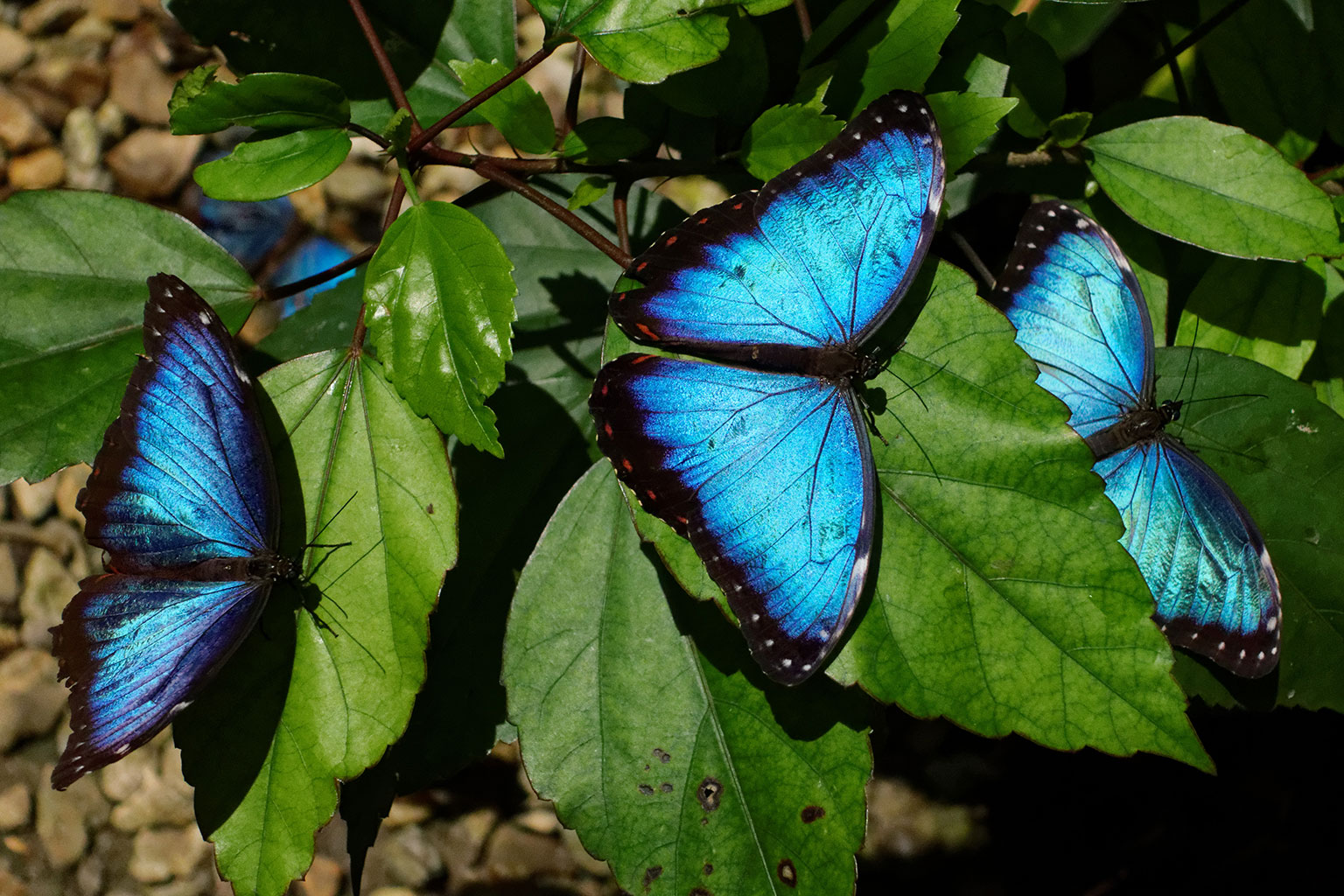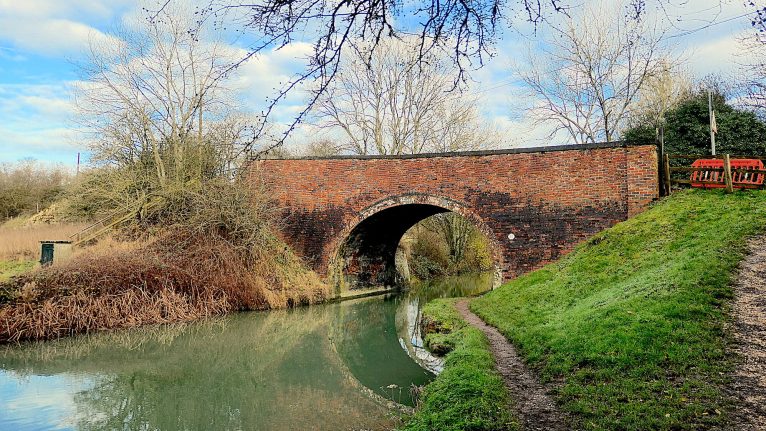We humans were born for adventure. But this summer, many of us are choosing to stay closer to home instead of navigating the complexities of a Covid-dominated summer.
Despair not: adventure abounds. It’s there in your own back yard or apartment balcony. Look about you, biologist EO Wilson suggests, at the little things that run the earth.
A few years ago, my husband and I ripped up our grass and replanted with native wildflowers. Now we have all the drama we can handle. Birds warring over mates and territory. Bees busy nectaring.
Butterflies fluttering about. You can go on a butterfly safari, just by getting some native flowering plants and finding a comfortable seat in your garden. Because if you plant it, they will come. To you. No need to go anywhere. Just place butterfly-friendly plants around you, even if only in pots on a balcony. The butterflies will find them. Then just sit back, watch, enjoy and learn.
Because there’s more to butterflies than meets the eye. Consider the butterfly proboscis. This long, thin tube in front of the butterfly’s head coils and uncoils. When the insect is flying, it’s usually coiled. But when the insect probes a flower for nectar, it uncoils.
We’ve long believed that this appendage is like a drinking straw and that butterflies “sip” nectar. Wrong. By using newly developed super-powerful microscopes, scientists have seen that the proboscis is indeed hollow inside. But it has too many holes to allow for “sipping”. Imagine trying to sip – with a flute or an oboe.









